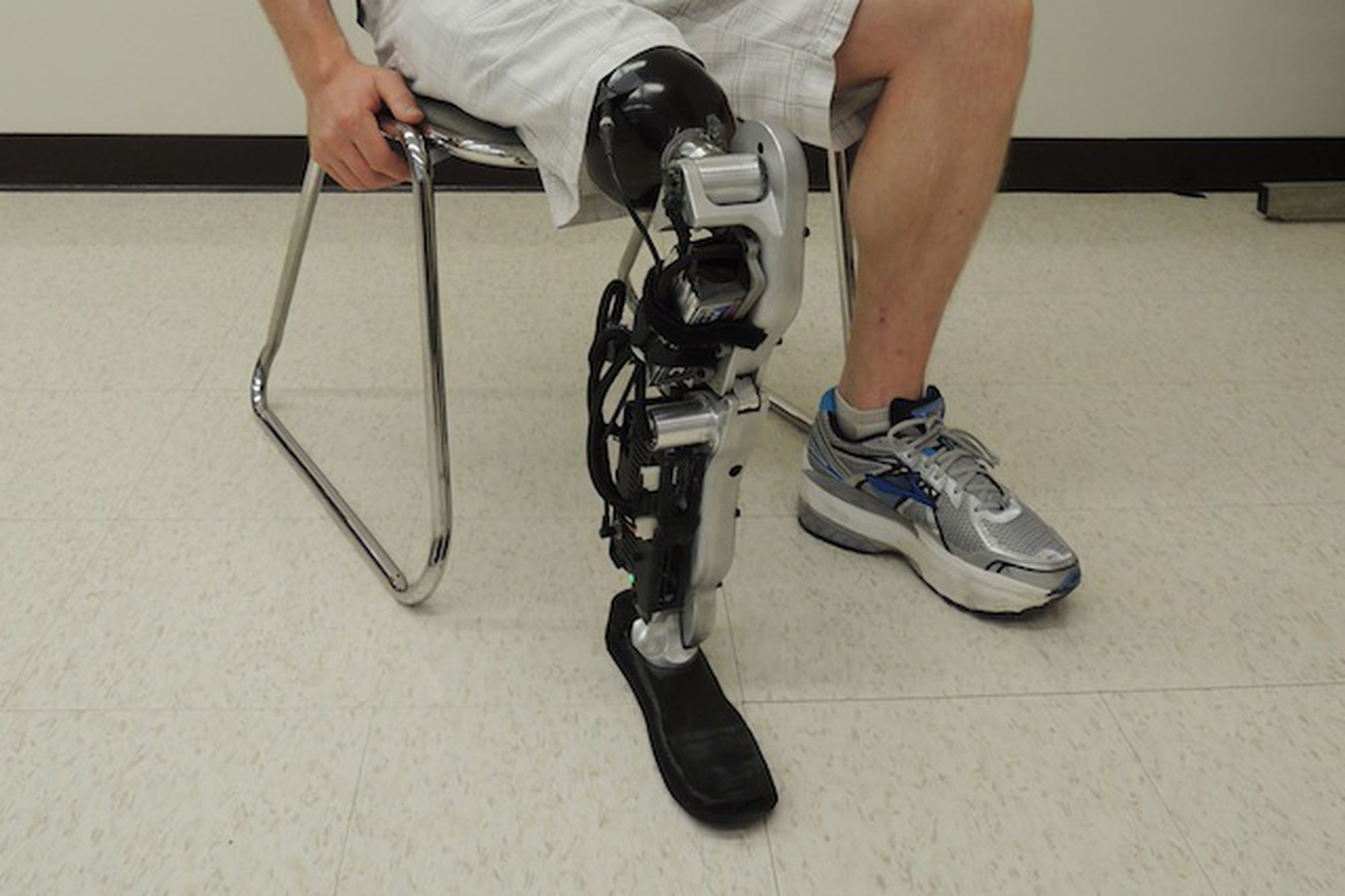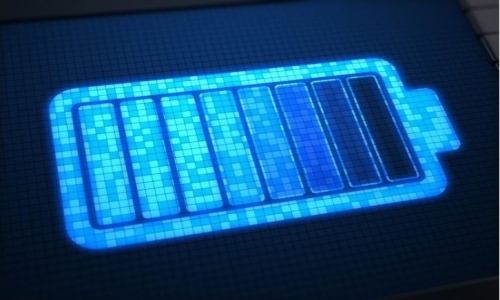


 1:52:35
1:52:35  2023-05-22
2023-05-22  678
678

Artificial limbs are essential to improve the quality of life of people living without limbs. Bionic limbs such as bone-anchored prostheses use implants directly inserted into the living bone for more stability. However, this technology still causes adverse events. Dr Laurent Frossard, Adjunct Professor of Bionics, and Professor David Lloyd, Professor of Biomechanical Engineering, combine biomechanics and computational modelling to develop a new integrated, wearable and non-invasive diagnostic device relying on the design of a digital twin of the residuum, which may ultimately improve the quality of life of people suffering from limb loss.
Over 2.2 million Americans are currently living with limb loss, and this number may double by 2050. The main causes of amputations are disease (such as diabetes) and trauma (car accidents or military conflicts). Limb amputation requires a lifetime of care. For each amputation, the cost of prosthetic care has been estimated to range between $1.4 and $2.8 million over a lifetime.
The everyday use of artificial limbs is critical to the wellbeing of these individuals. Orthopaedic surgeons, rehabilitation specialists and prosthetists work together and make bespoke recommendations with the intention to maximise comfort, stability and mobility of prosthetic fittings. However, this is not without difficulty.
Challenges of current prosthetic attachment
Prosthetic fittings that allow sustained high-levels of daily activities are difficult to achieve. Indeed, skin, nerves, muscles and bones of the residuum (also called the stump) may be compromised by acute and chronic skin issues, oedema, neuroma, muscle contractures, or fractures. This makes daily prosthetic loading difficult to withstand. Moreover, sockets are challenging to fit around stumps with incongruous shapes. Patients living in hot conditions are particularly disadvantaged because perspiration due to heat and humidity makes sockets difficult to wear. Challenges with prosthetic fittings lead to frequent and, too often, permanent prosthesis abandonment in 25–57% of cases.
Role of bionic solutions
Alternatively, individuals experiencing overwhelming socket issues can be fitted with bionic limbs. A bionic solution is a technological platform relying on three interconnected pillars: the engine, the chassis, and the power-assisted steering wheel.
Advanced prosthetic components (the engine), such as microprocessor-controlled robotic-like artificial joints, are the central part of bionic solutions. Suitable attachment to the residuum (the chassis) can be achieved through direct skeletal attachment using osseointegrated implants, rather than a socket. The inner part of the implant is inserted into the living bone. The outer part protrudes from the skin of the residuum, enabling external attachment of the bone-anchored prosthesis.
Intuitive control of advanced components (the power-assisted steering wheel) can be achieved using sensors harvesting physiological signals from the brain, nerves or muscles. Bionic limbs therefore have physical connections with all sorts of body parts like the brain, nerves, muscles, skin and bone.
Promising life-changing benefits of bionic limbs showed by long-term efficacy studies are compelling for patients. The direct attachment of the prosthesis through an osseointegrated implant has immediate benefits. It eliminates all typical burden associated with a socket, particularly the residuum’s skin problems. It eases attachment and removal of the prosthesis. It also provides a much more comfortable sitting position and allows a much larger range of movements.
There is overwhelming evidence that bionic limbs attached to osseointegrated implants significantly improve mobility. Users walk faster for longer bouts of daily and recreational activities. This is especially obvious for young and active individuals. Users of osseointegrated implants report that they feel that their prosthesis is more like a part of their body; they experience a phenomenon called osseoperception. Practically, they can feel more vibrations. This helps to feel where the prosthetic foot is on the ground and the type of surface the person is walking on. Dr Frossard has published studies showing that when compared to typical socket prostheses, bone-anchored bionic prostheses significantly improved quality of life by about 17%.
Occurrence and severity of adverse events with bone-anchored bionic prostheses are yet to be fully resolved. Bionic limbs can potentially cause issues with implant stability, bone fracture, breakage of the implant parts and infection. All these adverse events have several common negative effects. They cause pain. They significantly disturb the lifestyle because they limit usage of the prosthesis for prolonged duration. They also cost money paid either by the healthcare system or the users themselves as out-of-pocket expenses.
Reality Of Islam |
|

Monash scie

Two spacecr
 9:3:43
9:3:43
 2018-11-05
2018-11-05
10 benefits of Marriage in Islam
 7:5:22
7:5:22
 2019-04-08
2019-04-08
benefits of reciting surat yunus, hud &
 9:45:7
9:45:7
 2018-12-24
2018-12-24
advantages & disadvantages of divorce
 11:35:12
11:35:12
 2018-06-10
2018-06-10
 6:0:51
6:0:51
 2018-10-16
2018-10-16
 2:2:13
2:2:13
 2022-10-08
2022-10-08
 5:57:34
5:57:34
 2023-03-18
2023-03-18
 7:26:19
7:26:19
 2022-04-08
2022-04-08
 7:34:7
7:34:7
 2023-02-28
2023-02-28
 7:45:39
7:45:39
 2018-06-21
2018-06-21
 6:14:3
6:14:3
 2023-01-18
2023-01-18
 12:10:56
12:10:56
 2022-11-17
2022-11-17
 5:41:46
5:41:46
 2023-03-18
2023-03-18
| LATEST |